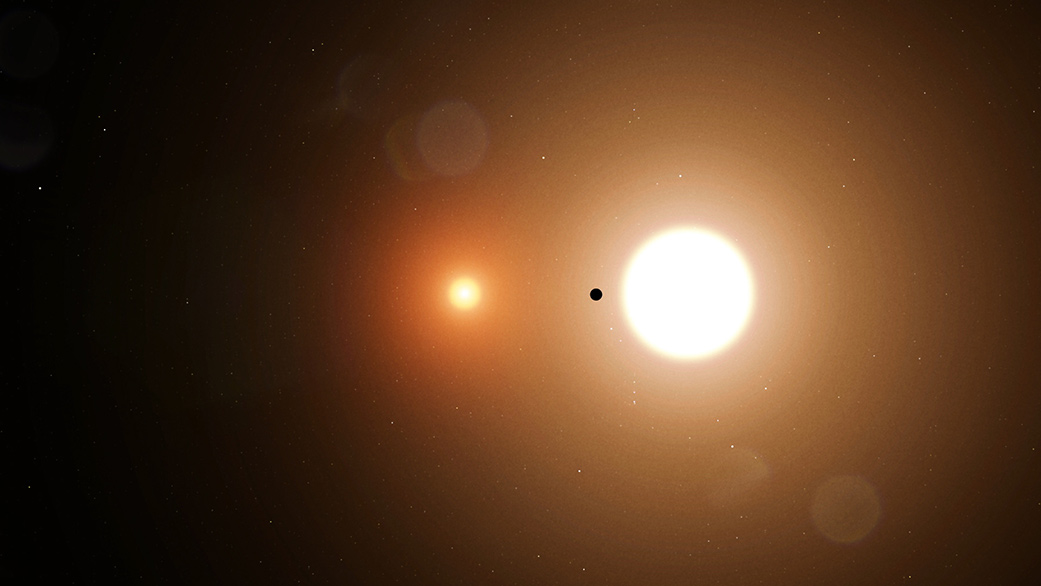
17-Year-Old Teenager Discovers New Planet On The Third Day Of His Internship At NASA
A 17-year-old high-school teenager from the USA discovered a new planet on his 3rd day at Interning at NASA.
High-School student Wolf Cukier found the planet.
The planet has been named as TOI 1338 b, which is around 1,300 light-years away from planet Earth.
Wolf found the planet on the third day of her interning at NASA, a space agency.
In a statement that was released by the 17-year-old, he said, “I was looking through the data for everything the volunteers had flagged as an eclipsing binary, a system where two stars circle around each other and from our view eclipse each other every orbit.”
Wolf added, “About three days into my internship, I saw a signal from a system called TOI 1338. At first, I thought it was a stellar eclipse, but the timing was wrong. It turned out to be a planet.”
Planet TOI 1338 b orbits 2 stars and its size is around 6.9 times the size of planet Earth.

According to NASA, the newly discovered planet is unlikely to support life.
During an interview with CBS News, Wolf said, “The planet blocked the light from those two stars, leading to a small dip in the amount of light that reached the telescope. That’s what I noticed at first.”
He added, “It was like, oh… there’s something here that was cool. But it’s also not like there’s a single moment of discovery.”
Planet TOI 1338 b was caught by satellite TESS and the team used a software package called “Eleanor”.
Eleanor confirmed that the planet was real.
The discovery was actually made last summer, but his discovery was only made public through a newly published study.
The study was co-authored by the 17-year-old boy.
Adina Feinstein, the other co-author of the study, explained how the discovery was made.

Adina said, “Throughout all of its images, TESS is monitoring millions of stars.”
She added, “That’s why our team created Eleanor. It’s an accessible way to download, analyze and visualize transit data. We designed it with planets in mind, but other members of the community use it to study stars, asteroids and even galaxies.”
Not bad for an intern eh?
Let us know what you think about this discovery by leaving a comment below!